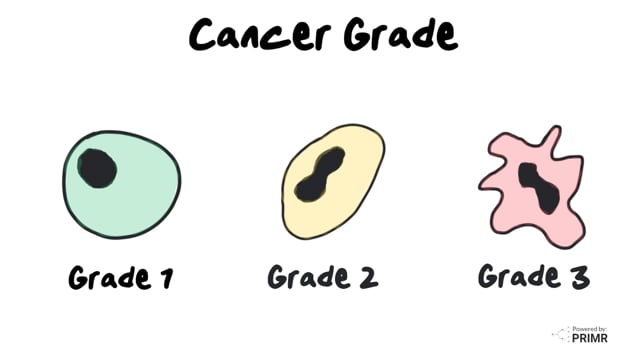Deep Vein Thrombosis
Deep vein thrombosis (DVT) is a condition where blood clots form in the deep veins of the body. In this video, review its causes, symptoms, and treatment options.
Read the full video transcript below:
This video is owned by PRIMR and it’s for educational purposes only. It can only be redistributed by vendors with permission.
When we have an injury, blood is designed to clot to stop us from bleeding out and save our lives. But sometimes, blood can form clots in the wrong places. When blood clots in large veins, this is called a deep vein thrombosis (DVT), and this needs immediate medical attention.
In the image here, the blue tube is a deep vein in the leg, and the purple circle is a clot. When we zoom in a little closer, you can see the clot has formed just behind one of the valves in the vein. Clots like this can be dangerous because over time, they can get bigger and bigger, and they can also break off and travel to other parts of the body, causing serious problems.
The three main causes of DVT include having a lifestyle with limited movement, like being bedbound, perhaps after surgery or with some other chronic medical problem that makes it almost impossible to get up and move around; an injury to a vein after trauma, like an accident or surgery; and finally, hormone changes, specifically estrogen, can lead to an increased risk or cause a DVT.
There are other factors that may also increase your risk of DVT, including having a diagnosis of cancer, certain blood disorders, having chronic medical issues, older age, being overweight, having a history of prior DVT, or having a history of DVT in your family.
So how do most patients feel when they develop a DVT? Typically, the very first sign is swelling in an extremity, but also warmth, pain, and some redness in the area. But some patients have no symptoms at all.
A DVT can lead to another significant problem called a complication. If the clot breaks off and travels back up into the lungs, this is called a pulmonary embolus (PE). A PE is a very serious condition because it can be life-threatening. A PE can block off your ability for your heart to pump blood into the lungs to get oxygen. Patients who are having a PE typically experience sudden shortness of breath, a fast heartbeat, lightheadedness, and chest pain.
The main treatment for DVT is to dissolve the clot. The medicines involved in breaking up the clot are called anticoagulation drugs. Once on this therapy, the clot will slowly break apart and dissolve. If patients are experiencing pain, they may also receive medications for pain control.
Since DVTs can cause such big problems, a lot of attention is paid at prevention. The best way to prevent a clot from forming is by not allowing blood to pool. We can do this through regular activity, like daily walks or standing up and moving around the house at regular intervals. This can also be done by wearing compression stockings, which push blood up out of the legs into the rest of the body to get pumped around. And finally, some patients may need to take anticoagulation drugs to thin the blood over the long term to prevent a DVT. Finally, maintaining a healthy weight through diet and exercise can also reduce the risk or prevent a DVT from ever forming.
This is not medical advice. Talk to your doctor before making any medical decisions.




.jpeg)
.png)






